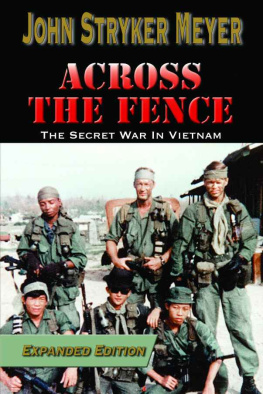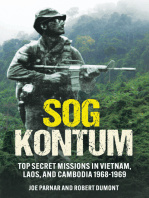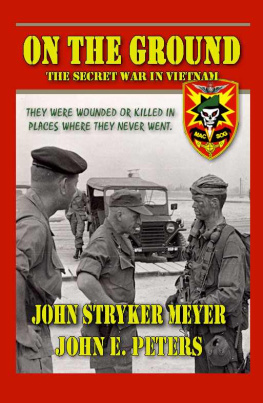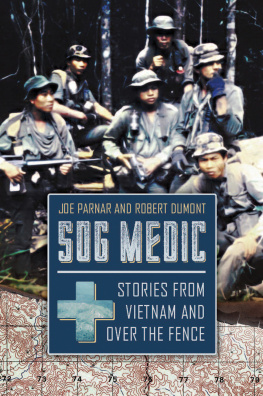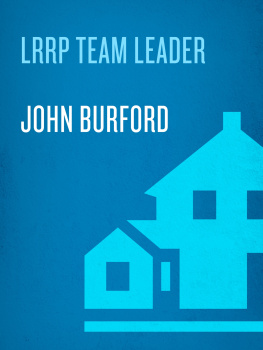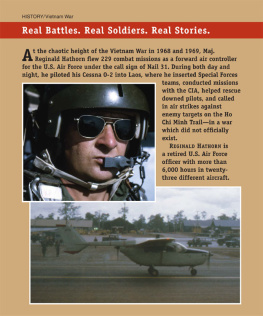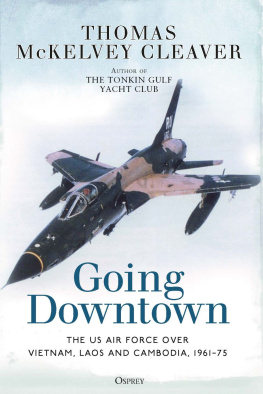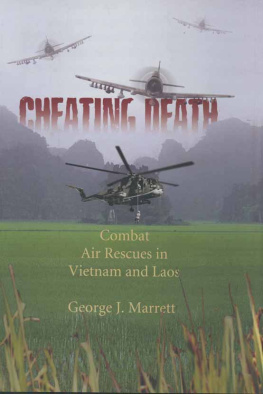After my loving wife of 16 years, Anna Marie Avery Meyer, the mother of our five children, I would like to thank the following people for their role in getting the new edition of Across The Fence printed in 2011, eight years after the first edition, printed by Real War Stories, hit the streets of America.
M. Lisa Allen
Lynne M. Black, Jr.
Dennis J. Cummings
Robert S. Jones
Douglas L. LeTourneau
Robert J. Parks
John E. Peters
And, Anna and I would like to salute our parents, Henry and Dorothy Meyer, and William Dennis Avery and Renee Hamelwho have moved on to the big LZ in the sky.
ACKNOWLEDGEMENTS
In 1973, I wrote my first SOG-related piece in my student newspaper The Signal, at Trenton State College in Trenton, New Jersey. Dr. Robert Cole, the colleges first full-time journalism professor and Dr. Nadine Shanler Schwartz, the newspapers advisor, both suggested that I write a book. At that time, I had been out of Special Forces for more than three years. The thought had never occurred to me to write about my time in South Vietnam and across the fence, especially since I had signed a government document in 1968 pledging to never write or talk publicly about SOG for 20 years. Additionally, the anti-Vietnam/anti-Vietnam veteran sentiment in the country at the time made it difficult to find a publisher who would buy the concept of a Vietnam book that dealt with real people striving against unbelievable odds in a politically handicapped war.
The first person to actually pay me for writing about SOG was Soldier of Fortune editor and publisher Robert K. Brown, a former Green Beret who had fought along side the indigenous people of South Vietnam as well. More important, many years ago Brown had suggested that I write a book, too. Not only is he a fellow former Green Beret and a generous publisher, but a man who backs friendship with action and deeds, not hollow words.
Over the years several members of the Special Operations Association, all former SOG personnel, suggested that I write a book on SOG. Among them were men I had run missions with on Spike Team Idaho and men from CCC and CCS. Since the early days of our marriage, my wife Anna, and her mother Renee Hamel and her father, William Avery, a WW II Marine, had quietly urged me to set pen to pad to write about SOG. Three years ago, one of the great unsung heroes of SOG, Pat Mandolin Watkins told me, You have to write a book. I dont care how, but write something. Get the first book published. Our people are dying off. We have to capture their stories. After the first book, youll be able to do more stories and the men in SOA will trust you because youve been on the ground across the fence and survived Laos, Cambodia and North Vietnam. My first One-Zero, Robert J. Spider Parks echoed those sentiments that year during the ceremony at Ft. Bragg, North Carolina, where SOG veterans received the Presidential Unit Citation 28 years after SOG was shut down in 1972. Nowhere on Gods earth, are there two men I respect more than Watkins and Parks. They had put their lives on the line time and again when I was on the ground with ST Idaho and for other SOG teams and platoons. And to me, they were the Green Beret big brothers who never lost patience with me, always helped me when they could and never cast judgment while happy to offer sage advice and counsel.
That same year, Special Operation Association member and former SF medic Joseph F. Parnar approached me at the annual SOA reunion in Las Vegas and repeated what Watkins had said, adding, Ive read your stuff. You can write. Youve got to do a series of books on SOG before we all die off. SOA member and former CCC One-Zero and fellow Trenton, New Jersey native Tom Waskovich has been nudging me for years to get something down on paper. Also my friend Bill Deacy, who ran reconnaissance missions from CCS and CCN, encouraged me to write a book after we appeared together in a one-hour History Channel feature on SOG.
Then I ran into old friend, SOA member and ST/RT Louisiana One-Zero David Maurer, who wrote one of the best SOG books, The Dying Place, and he urged me to write something. The Dying Place knocked me out when I first read it and later when I reread it. Maurer is a SOG warrior who also survived the Ia Drang Valley during his first tour of duty with the First Cav. He told me that a small publishing company called Real War Stories was going to re-release The Dying Place, which had gone out of print many years ago. He suggested that I call Dennis J. Cummings, of Real War Stories. At that time, I had written a Memorial Day story in May 2002 for my newspaper and had penned a piece about meeting ST Idaho interpreter extraordinaire Nguyen Cong Hiep for the first time in 30 years, after assuming that Hiep was dead. Both pieces generated a lot of positive reaction from within the newspaper and from the communities that the newspaper covers in north San Diego County. And, my wife Anna again told me that shed completely support any writing efforts for a book, which meant spending extra time with our five-year-old daughter, and she told me that if her mother were alive, shed urge me to write it in no uncertain terms.

